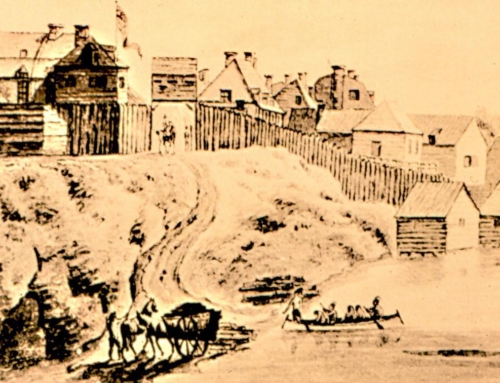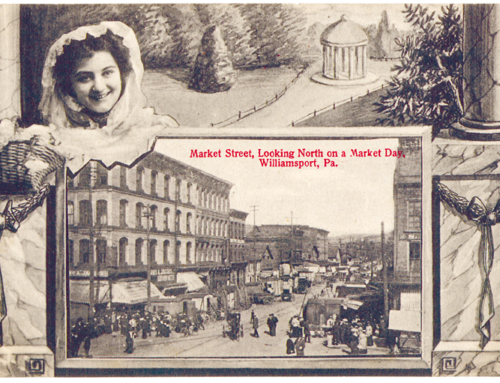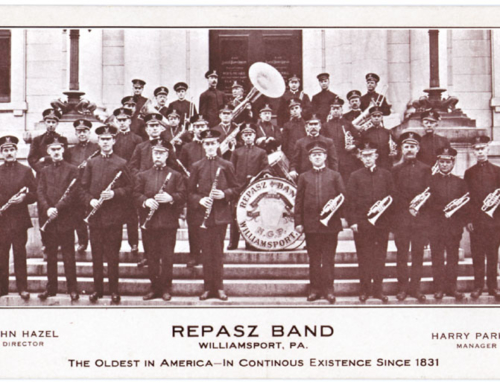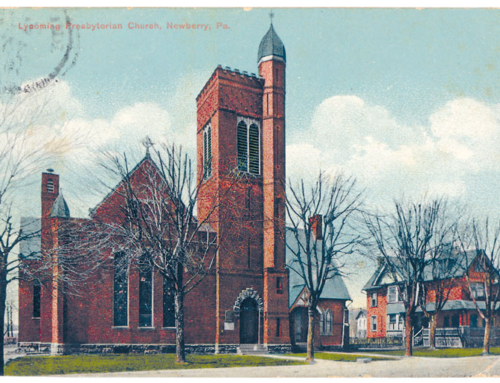By Lou Hunsinger Jr.
Williamsport Sun-Gazette
The times of the West Branch Canal from the 1830s to approximately the 1880s contain many interesting and colorful events. One of the most colorful was the “Canal Riot of 1833.” The information on this incident was taken from an article by Marshall Anspach from the “Now and Then” magazine of the Muncy Historical Society of April 1956.
The 1830s was a decade in which there was a great influx of foreign laborers, mostly Irish, to the area to help build the West Branch Canal. It also was a period of great anti-foreign agitation and resentment by the native-born of this area. Those high feelings may have helped to create the “Riot of 1833.”
The laborers were not very well treated by their employers. They received inadequate wages, worked long hours and lived in substandard housing. They often were plied with liquor, keeping them drunk so that they would not complain of their poor lot in life. All of those hardships made for a potentially volatile situation.
Tensions ultimately exploded Aug. 23, 1833, at the orchard of Mrs. Jane Hunt, near the Great Island Dam, near Dunnstown. At the time, that area still was a part of Lycoming County (Clinton County was not created until 1839).
An Irish worker on the canal was in the process of knocking fruit from trees in the Hunt orchard, when Hunt’s son, Jesse, fired a gun loaded with shot at the laborer. The Irishman was wounded slightly and fled. The native-born boatmen who were hauling stone for the canal taunted some of the Irish workers about the incident. The Irish workers attacked the boatmen with picks, shovels and spades and, in the ensuing fray, one of the Irishmen was wounded by gunfire and stabbed.
The Irish laborers returned to work the following day, but the boatmen raised a flag and tried to drive them from the area and cooler heads prevailed for a while. Then, when darkness fell, about 50 of the Irishmen gathered near the shanty of the job supervisor, severely beat the supervisor and some of his friends, and attempted to tear down the building. They then indiscriminately attacked all native-born people in the area that they could find, destroying everything in their way.
Wild rumors started about the extent of the troubles and the local militia was notified; elements of the Lycoming Calvary and a company of Centre County infantry responded.
In the words of Squire Joseph Parsons, who witnessed the event, “At the break of day the next morning, the military were in line, and marched, with flags flying and the beat of drums, to the scene of the strife. When the insurgents saw them coming, they turned their faces to the hills and fled like foxes. They could not, with only their spades and picks, face the formidable militia. The effect of the appearance of the well-equipped column can easily be imagined.”
Seventy of the Irish rioters were arrested, but only 16 were lodged in the Lycoming County Jail and held for trial. After the tensions and excitement subsided, the 16 were given short jail sentences or light fines.
Unfortunately, in that time of poor communications, the extent of the riot was exaggerated the farther one got from the riot area. In Williamsport, it had been rumored that more than 500 Irish rioters had been met by more than 250 militiamen and that many were wounded in the clashes. The amount of property damage also had been exaggerated.
The clashes by the Irish canal laborers and the native-born boatmen were symptomatic of a time of great intolerance to foreign people and cultures and can be a lesson of the dire consequences of such intolerance. It was very fortunate that more people were not seriously hurt or killed in the “Great Canal Riot of 1833.”











